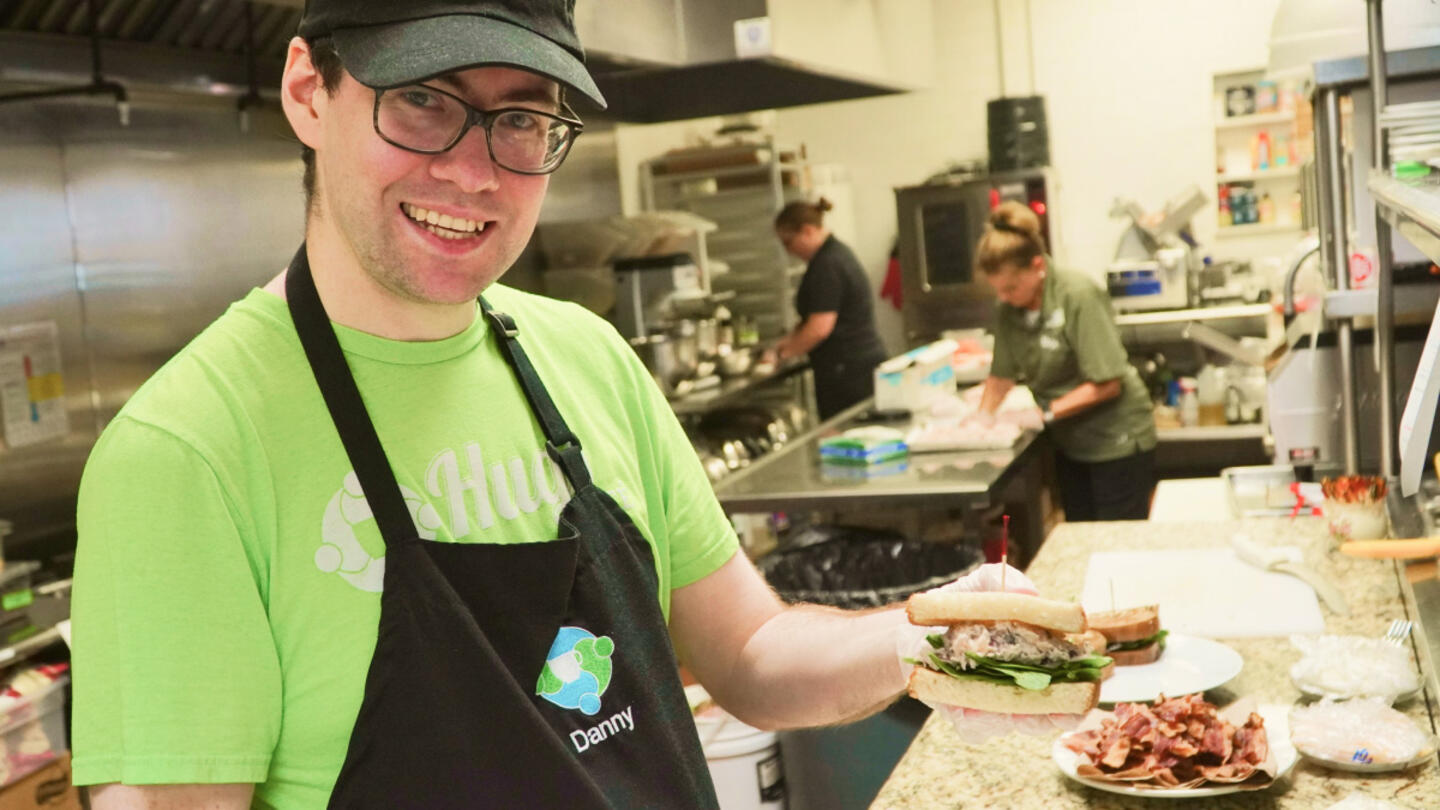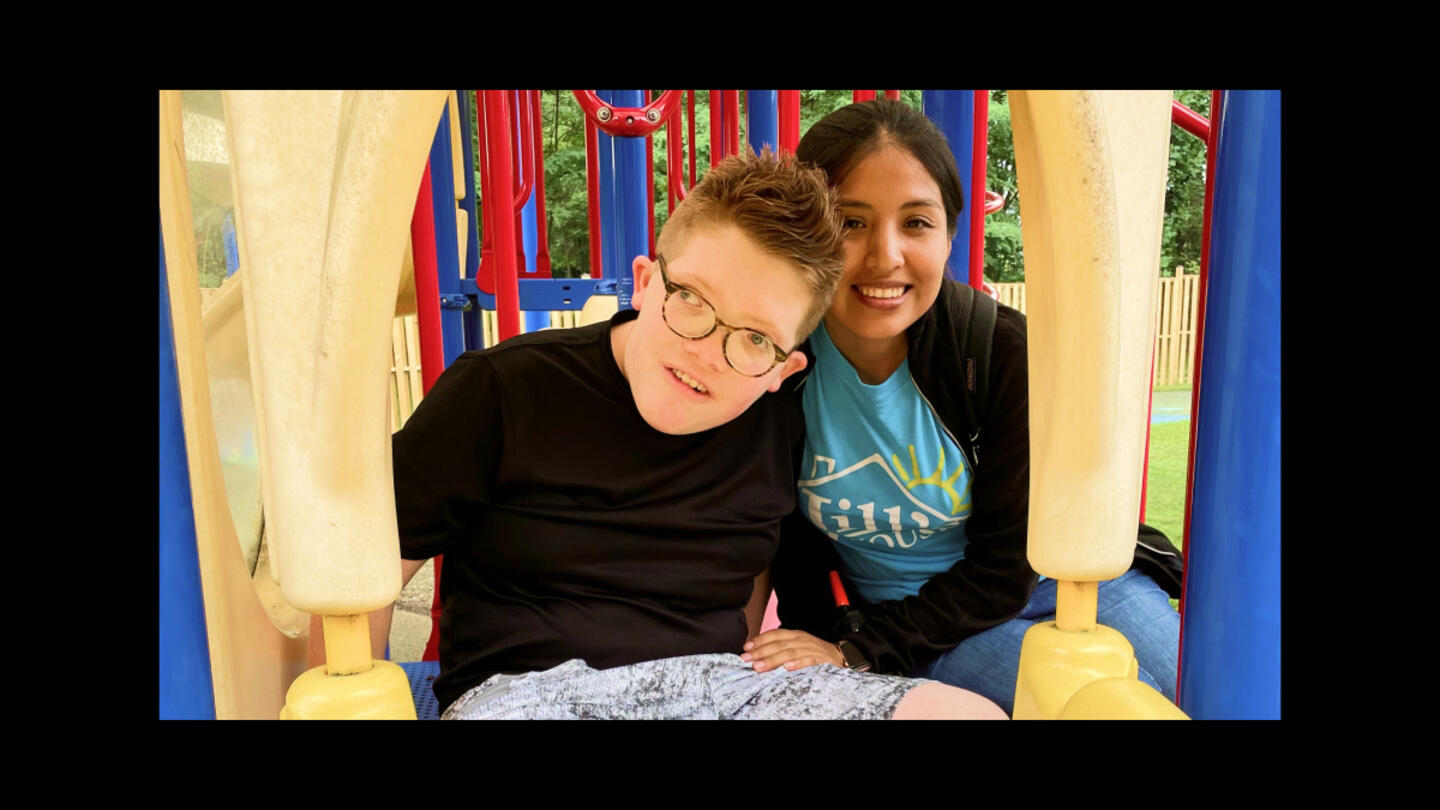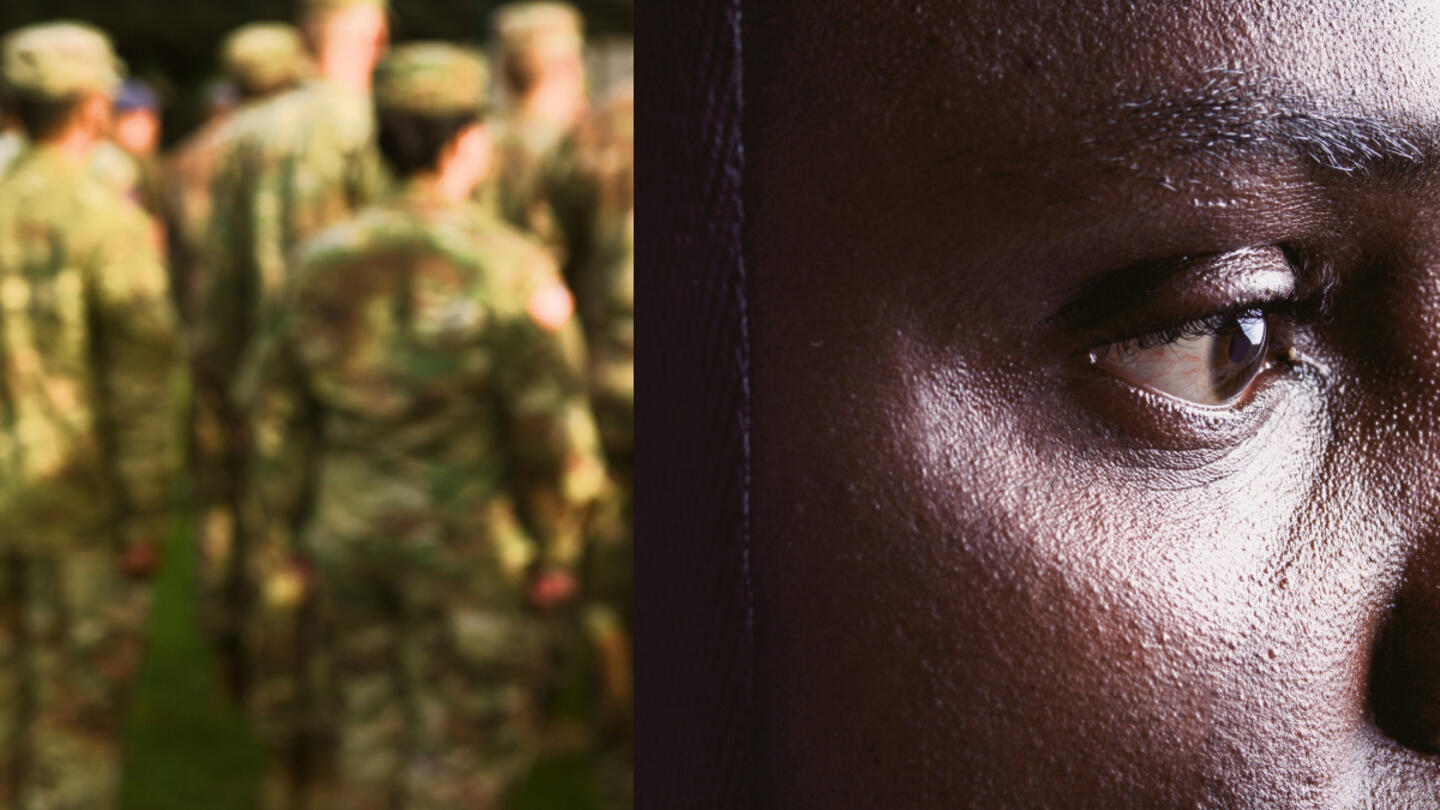At any given time, about 30% of the homeless population are adults and children in families — often single mothers with young children. In 2022, these families made up almost 163,000 people, 11% of which were unsheltered, meaning they were living in their car or in a tent, or without any shelter at all.
The problem is getting worse. According to the National Alliance to End Homelessness, in 2022, counts of individuals experiencing homelessness (421,392 people) and chronically homeless individuals (127,768) hit all time highs.
Governments and aid groups have tried various approaches like welfare, shelters, and housing. Yet the issue persists. Traditional top-down approaches to the problem focus on solving it for the homeless person, not empowering them to escape homelessness forever using bottom-up solutions
It's clear that new and better ways to help low income families are urgently needed — methods that not only help people find food, clothing, and shelter, but also respect their dignity and ability to better their circumstances.
Fortunately, the Stand Together community partners with innovative organizations which are helping families break free of homelessness for good. These organizations are doing it while respecting people's dignity in ways that propel them forward. Below are four organizations that are tackling this multi-dimensional problem head on — and turning the failed approaches of the past on their head.
PadSplit: A co-living marketplace
PadSplit converts existing real estate such as single-family homes into shared-living spaces, providing more quality affordable housing options for low income families.
Currently available in metropolitan areas across 15 states, the platform has more than 6,200 co-renting units with more than 14,000 people housed. Renters not only get available housing, they're also given the opportunity to build their credit.
"Sharing the space found in existing housing stock creates opportunities for more affordability, lowers traffic, better utilities performance and environmental impact, and improves economic development for our communities," says PadSplit CEO Atticus LeBlanc. "We believe the people who serve our communities deserve an opportunity to live in them."
The Samaritan app: Connecting people experiencing homelessness to resources
The Samaritan app empowers low income families and people experiencing homelessness to ask for what they need directly. It is founded on the premise that social poverty causes homelessness.
People using Samaritan may need a haircut, groceries, tools, a new outfit that allows them to interview for jobs, or even just someone to talk to. Samaritan organizes volunteers in teams that donate physical, financial, and social support to individuals. Each team is made up of 5 to 30 people, all dedicated to helping one individual.
It's not just a gift here and there. It's a full support system. The Samaritan website offers these suggestions for ways volunteers can support a Samaritan Member: "It could be giving $10/month towards their goals; it could be sending a message of encouragement or opportunity; it could be dropping a needed item at a tent city or at an organization; it could be bringing the person on for a gig like gardening or playing music at an event; it could simply be inviting others to join the person's team. Give where you're gifted. The rest will take care of itself."
"By putting a team of people around a person and having that team invest in that person, we see people begin to invest in themselves," says founder Jonathan Kumar.
"Providing a social home often leads to a physical home soon after."
Sign up for the Strong & Safe Communities newsletter for stories, ideas, and advice from changemakers working with their neighbors to address the biggest problems we face.
Acts Housing: Helping low income families break barriers
Acts Housing helps low income families and individuals realize the dream of homeownership.
This organization assists people in overcoming daunting barriers to homeownership, things like low credit scores, not having enough savings, interpreting legal language, and obtaining loans. At Acts Housing, low income families get home buyer and financial counseling, a real estate brokerage, home rehab expertise, and financing options.
"We believe that homeownership is possible for anyone that's willing to work for it," says CEO Michael Gosman.
Positive Tomorrows: Providing safe education for children experiencing homelessness
Positive Tomorrows is a school in Oklahoma City exclusively for children experiencing homelessness.
The school provides real-world skills and an adaptive, inclusive environment, where it addresses the unique challenges youth experiencing homelessness face. For example, the school provides transportation to and from a shelter, motel, or other location where the student is staying.
"We believe in opening doors for people and not walking through for them, but walking beside them," says CEO Margaret Creighton. "And really making sure they have all the resources that they need to make the decisions for their families."
***
The Stand Together community partners with changemakers who are tackling the root causes of America's biggest problems.
Learn more about Stand Together’s efforts to build strong and safe communities and explore ways you can partner with us.

People with disabilities want meaningful work — and Hugs Cafe is making it happen.

At this ‘resort,’ children with intellectual disabilities are seen as gifts to be celebrated and loved.

Veterans experience loss when leaving service. Could this be key to understanding their mental health?

The Grammy-nominated artist is highlighting the stories we don’t get to hear every day.
